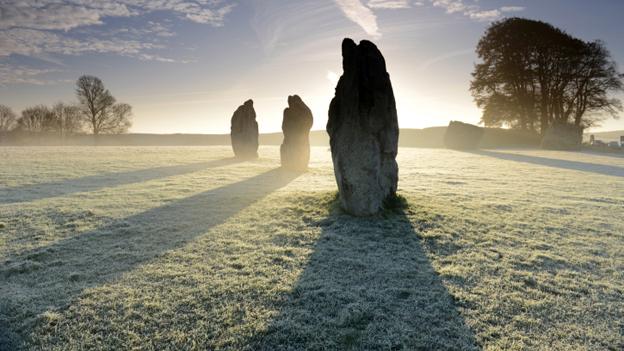New research 'rewrites' Glastonbury Abbey history
- Published
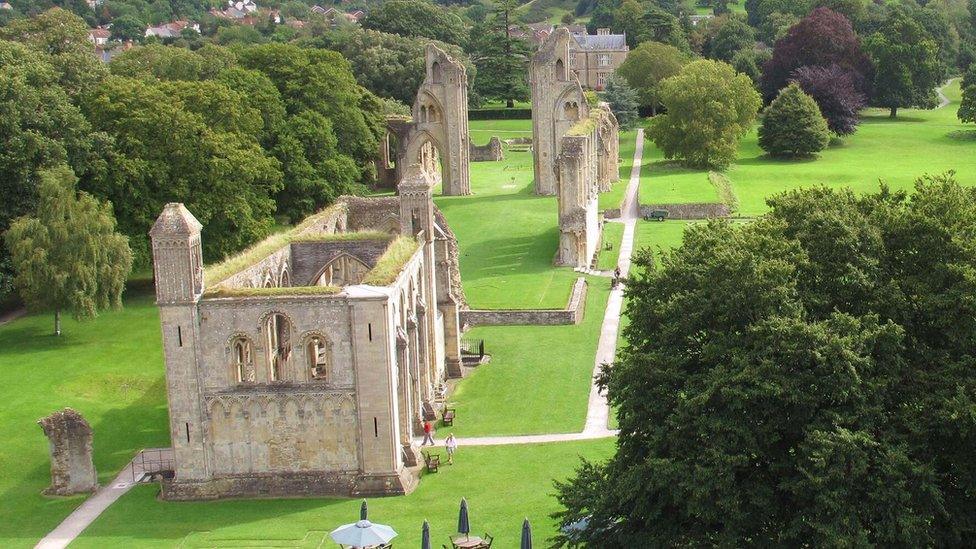
A four-year project led by Reading University archaeologists has "rewritten the history of Glastonbury Abbey"
A four-year research project claims to have "rewritten the history of Glastonbury Abbey".
Led by Reading University, archaeologists found the site was occupied 200 years earlier than previously estimated.
Project leader Prof Roberta Gilchrist said its monks perpetuated myths to raise funds after a severe fire in 1184.
The findings also dispute the myth surrounding King Arthur's burial site.
'Step back from myth'
The site of King Arthur's supposed grave was found to be a pit containing material dating from between the 11th and 15th Centuries.
"That doesn't dispel the Arthurian legend," said Prof Gilchrist.
"It just means the pit [20th Century archaeologist Ralegh Radford] excavated he rather over-claimed."
Radiocarbon dating and chemical analysis was carried out on glass, metal and pottery found at the site to determine the age of the fragments.
Pieces of ceramic wine jars were discovered which suggest that wine was imported from the Mediterranean up to 200 years earlier than the first settlement was originally thought to have been established.
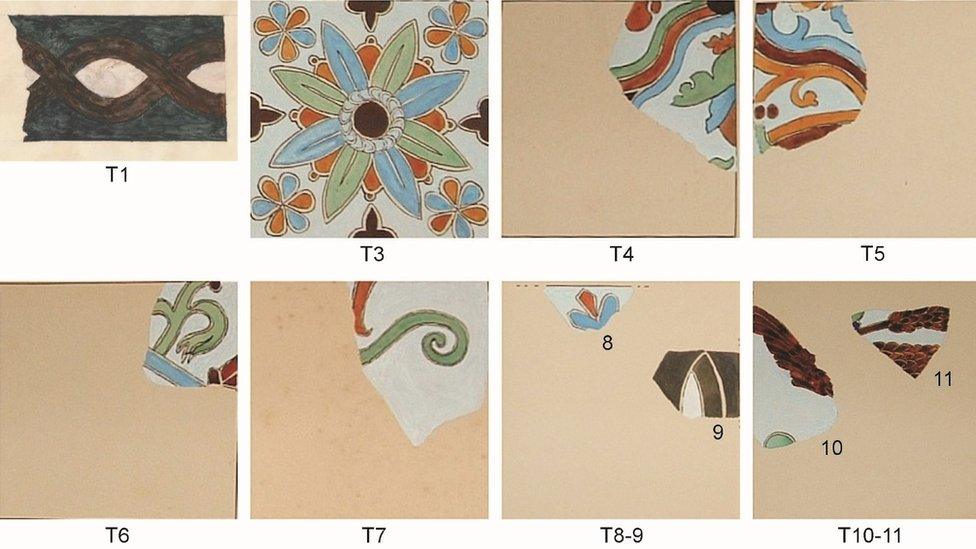
Radiocarbon dating and chemical analysis was carried out on glass, metal and pottery to determine the age of the fragments
"For the people who want to believe in Arthur at Glastonbury, this does open up the possibility that the Glastonbury Abbey site was active then," said Prof Gilchrist.
The professor said the research proved that many of the abbey's best known archaeological facts are false.
She said Ralegh Radford who excavated the site in the 1950s and 60s had been "clouded" by Glastonbury's legends.
"Using 21st Century technology we took a step back from the myth and legend to expose the true history of the abbey," said Prof Gilchrist.
New analysis also highlighted how medieval monks crafted the legends to help restore the abbey to its former glory after a devastating fire in 1184.
Prof Gilchrist continued: "The monks needed to raise money by increasing the numbers of visiting pilgrims - and that meant keeping the myths and legends alive."
The research project involved a team of 31 specialists, and was a partnership between Reading University and Trustees of Glastonbury Abbey.
It was funded by the Arts and Humanities Research Council.
- Published21 September 2015

- Published14 June 2015
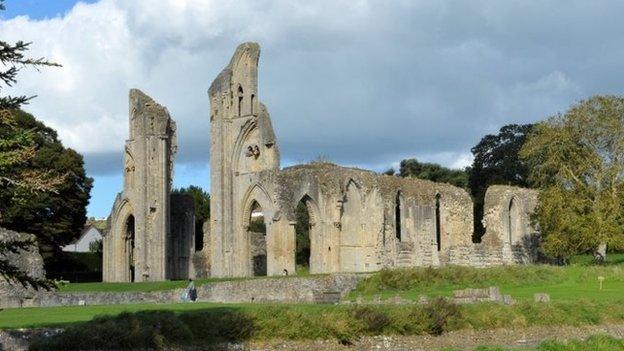
- Published4 April 2014
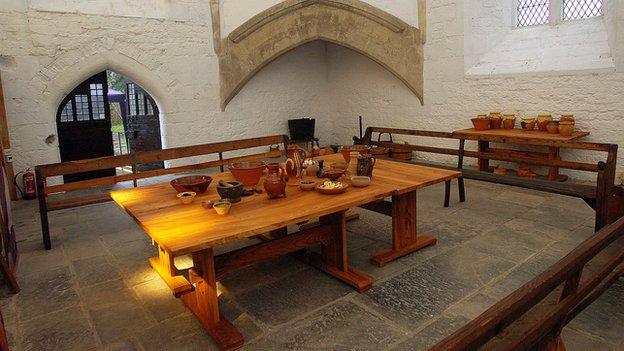
- Published28 December 2013
